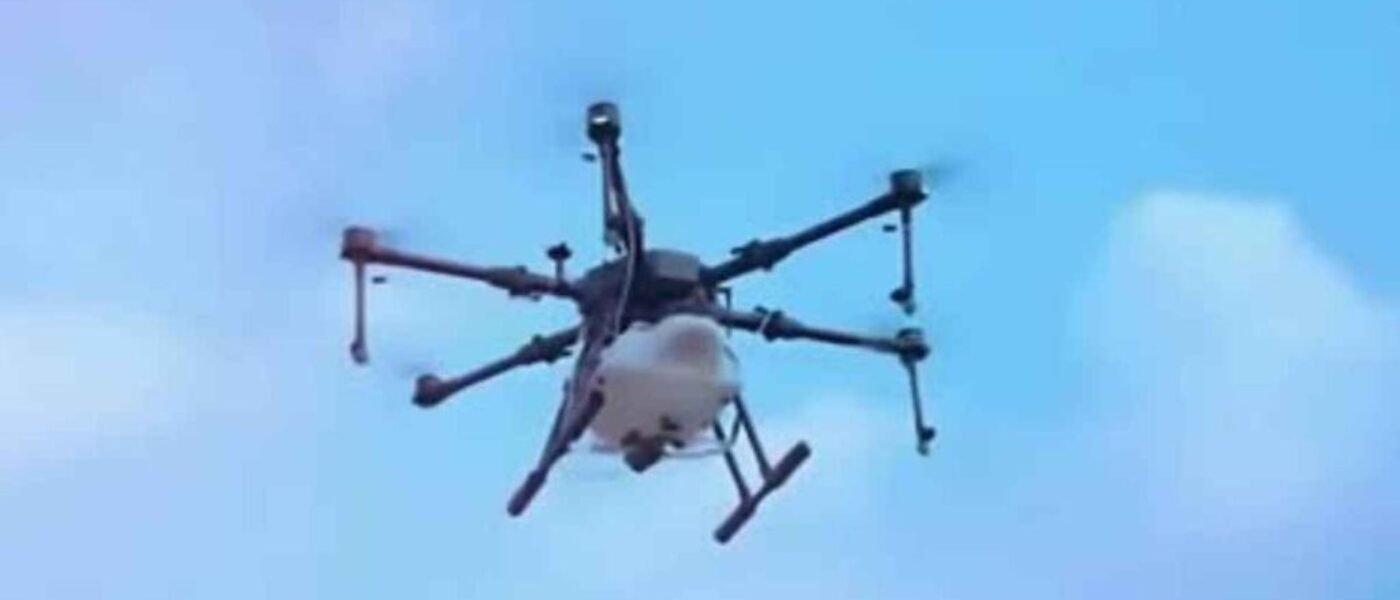In recent years, the prominence of drones has soared on a global scale, fundamentally altering not only military strategies but also civilian activities. This technology, often referred to as UAVs (Unmanned Aerial Vehicles), offers myriad possibilities, revolutionising fields from agriculture to national security. In India, the shift towards self-reliance, famously encapsulated in the initiative Atmanirbhar Bharat, positions the drone industry as a critical component in the nation’s strategic and technological advancement.
India’s Journey Towards a Self-Reliant Drone Industry
India’s drone journey is deeply intertwined with its larger vision of technological self-sufficiency. The Government’s push in restructuring the drone industry is not just about reducing import dependency but also about spearheading innovation within the country. This move is aimed at transforming India into a global leader in technology and ensuring that sectors related to national security are robust and self-sufficient.
The narrative here is more than just manufacturing; it’s about embodying the “Make in India” philosophy in its fullest sense—shifting from dependency to self-sufficiency and leading innovation for both civilian and military applications.
Revolutionising Government Projects and Civil Sectors
Drones have become a linchpin in many of India’s government projects, and their role can’t be overstated. They have redefined efficiency in sectors such as agriculture, infrastructure, disaster management, and urban planning. These UAVs are not only transformative tools but also serve as catalysts in achieving India’s vision of a technologically advanced, self-reliant nation.
In agriculture, initiatives like PM-Kisan and SVAMITVA have integrated drone technology to enhance precision farming, resource management, and land ownership mapping. These schemes help farmers predict yields more accurately and minimise resource wastage, while also clarifying land ownership, thereby reducing disputes.
Urban planning is another area benefiting tremendously from drone integration. Under the Smart Cities Mission, drones play a vital role in monitoring infrastructure, managing traffic, and enhancing emergency responses, thus contributing to sustainable and resilient city planning.
Empowering Women with the Drone Didi Mission
An innovative programme called the Drone Didi Mission, launched by the Indian government, exemplifies the intertwining of technology and societal development. This initiative focuses on empowering women, especially in rural sectors, by training them in UAV operations. By doing so, it not only fosters entrepreneurship but also promotes gender inclusivity across various fields such as agriculture, disaster management, healthcare, and infrastructure.
Through the Namo Drone Didi Scheme, the government plans to distribute drones to women Self-Help Groups (SHGs), enabling them to offer rental services for agricultural applications. This initiative is backed by a robust budget and is poised to make a substantial impact on rural empowerment and agricultural efficiency.
Military Implications and the Indigenisation Imperative
In military applications, the strategic relevance of drones is becoming progressively apparent. Armed forces leverage these UAVs for reconnaissance, precision strikes, and high-risk missions, thus minimising human risk. As future warfare is expected to be more intelligence-driven, drones will play an indispensable role in decision-making and operational strategies.
However, a significant challenge lies in the predominance of foreign components within Indian-made drones, particularly the flight controllers—a core element that dictates a drone’s performance. Currently, a large portion of these controllers are imported from China, posing potential security risks. In times of conflict, these imported components could potentially be manipulated, highlighting the necessity for indigenisation.
The incident of the pager and walkie-talkie explosions in Lebanon has served as a stark reminder of the risks posed by foreign reliance in critical systems. For India, it underscores the urgency of developing homegrown technologies that can reliably replace foreign parts.
Leading the Charge: Indigenous Drone Manufacturing
Companies such as HC Robotics and IdeaForge are at the forefront of India’s push for indigenous drone manufacturing. HC Robotics focuses on building every component in-house, setting a benchmark in a market traditionally dominated by imports. This commitment to end-to-end production ensures security and reliability in their drones.
Similarly, IdeaForge is pioneering advancements in UAV technology with designs that enhance endurance and resilience in adverse weather conditions. Their high-performance imaging systems are paving the way for more effective surveillance and reconnaissance operations.
Both companies exemplify India’s transition towards self-reliance and play a crucial role in boosting the country’s stature in the global UAV market.
Technological Innovations: The Future of Indian Drones
The development of made-in-India flight controllers is a significant milestone. By reducing dependency on imports, these indigenous components not only cut costs but also enhance the security and reliability of drones manufactured in India. Tailored to meet the specific requirements of Indian sectors, these controllers are pivotal in transforming local manufacturing dynamics.
Additionally, HC Robotics’ advancements in gimbal camera technology contribute to the extended flight times and improved manoeuvrability of drones. With features like automatic detection, these cameras empower drones to undertake complex tasks across diverse environments, enhancing their utility in both urban and rural applications.
Summary: A Strategic Imperative for Atmanirbhar Bharat
India’s focus on indigenous manufacturing within the drone industry aligns seamlessly with the government’s vision for an Atmanirbhar Bharat. This strategic emphasis on homegrown innovation ensures that India not only meets its domestic needs but also stands as a formidable entity in the global technology landscape. The country’s commitment to securing national interests through self-reliant manufacturing paves the way for a future where technology and security go hand in hand—a future where India leads with innovation, resilience, and strategic foresight.
By fostering an ecosystem that prioritises indigenous capabilities and empowers its citizens, India isn’t just flying solo; it’s charting a new trajectory in global technological leadership.
